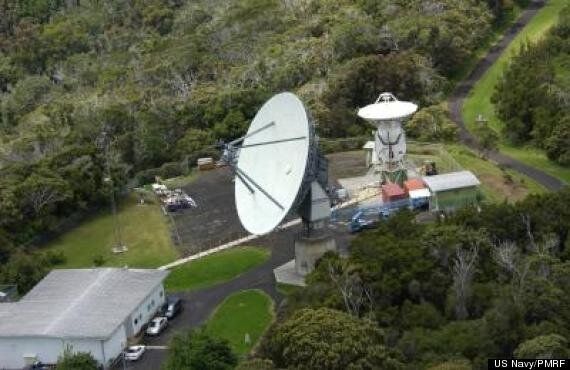Sometimes it really feels like the day drags on – and from now on they actually will do, by an entire second.
At midnight on Saturday an extra second, or “leap” second, will be added to account for the fact that it is taking Earth longer and longer to complete one full turn – a day – or, technically, a solar day.
"The solar day is gradually getting longer because Earth's rotation is slowing down ever so slightly," says Daniel MacMillan of Nasa's Goddard Space Flight Center in Maryland.
Scientists know exactly how long it takes Earth to rotate because they have been making that measurement for decades using an extremely precise technique called Very Long Baseline Interferometry (VLBI).

Nasa measures the Earth’s rotation with this antenna at Kokee Park in Hawaii
VLBI measurements are made daily by an international network of stations that team up to conduct observations at the same time and correlate the results.
Nasa Goddard provides essential coordination of these measurements, as well as processing and archiving the data collected.
From VLBI, scientists have learned that Earth is not the most reliable timekeeper.
The planet's rotation is slowing down overall because of tidal forces between Earth and the moon.
Roughly every 100 years, the day gets about 1.4 milliseconds, or 1.4 thousandths of a second, longer.
Granted, that's about 100 or 200 times faster than the blink of an eye. But if you add up that small discrepancy every day for years and years, it can make a very big difference indeed.
"At the time of the dinosaurs, Earth completed one rotation in about 23 hours," says MacMillan, who is a member of the VLBI team at Nasa. "In the year 1820, a rotation took exactly 24 hours, or 86,400 standard seconds. Since 1820, the mean solar day has increased by about 2.5 milliseconds."
By the 1950s, scientists had already realised that some scientific measurements and technologies demanded more precise timekeeping than Earth's rotation could provide.
So, in 1967, they officially changed the definition of a second. No longer was it based on the length of a day but on an extremely predictable measurement made of electromagnetic transitions in atoms of cesium.
These "atomic clocks" based on cesium are accurate to one second in 1,400,000 years.
The 2012 leap second is the 35th leap second to be added and the first since 2008.